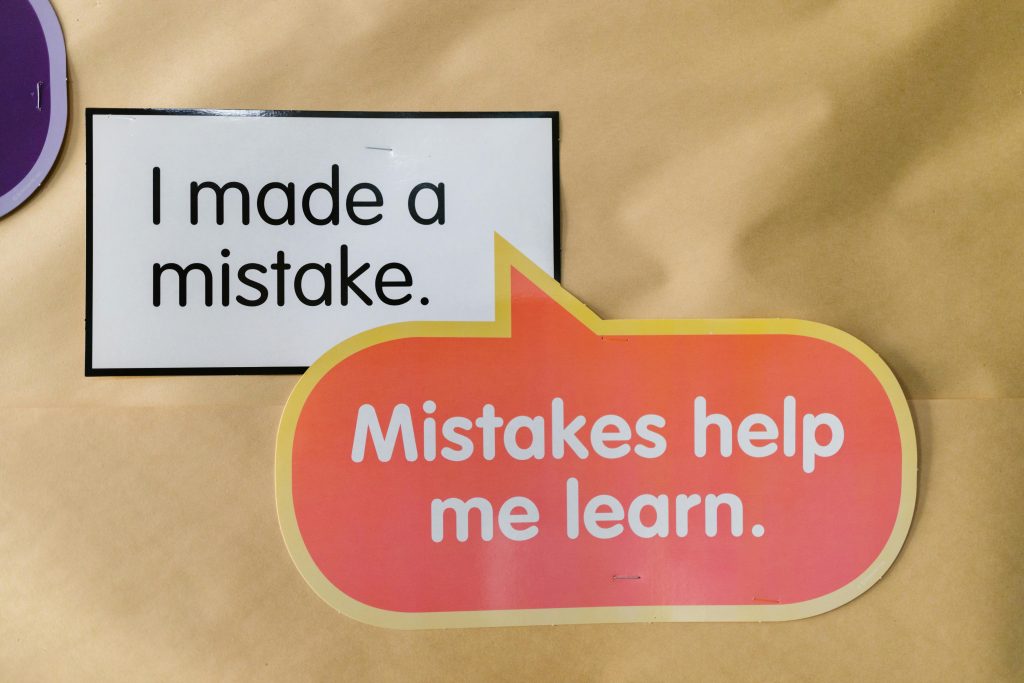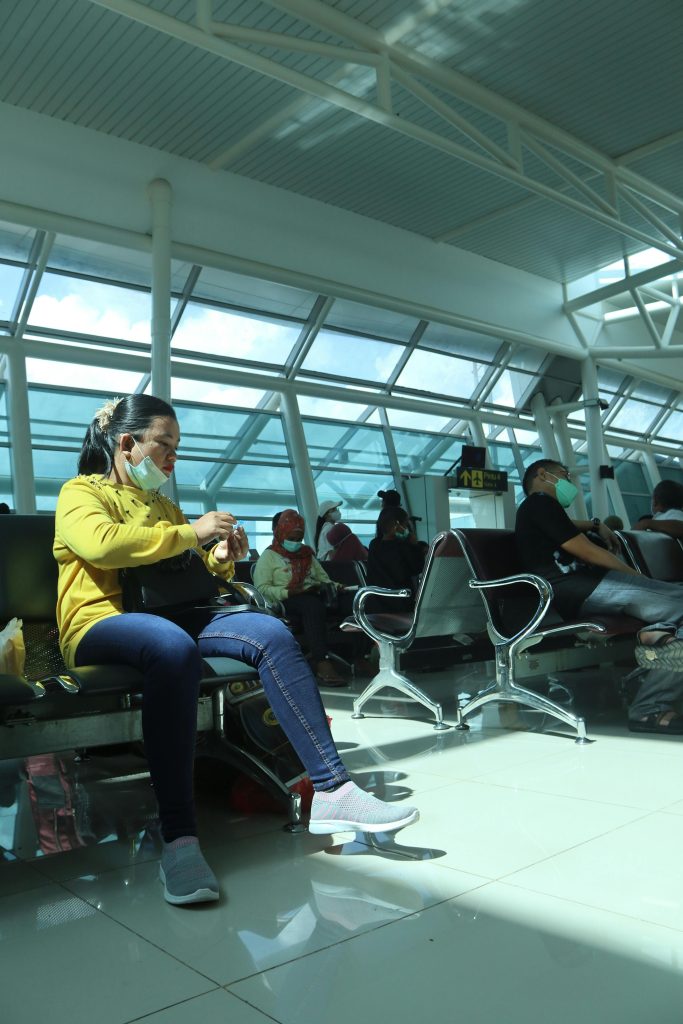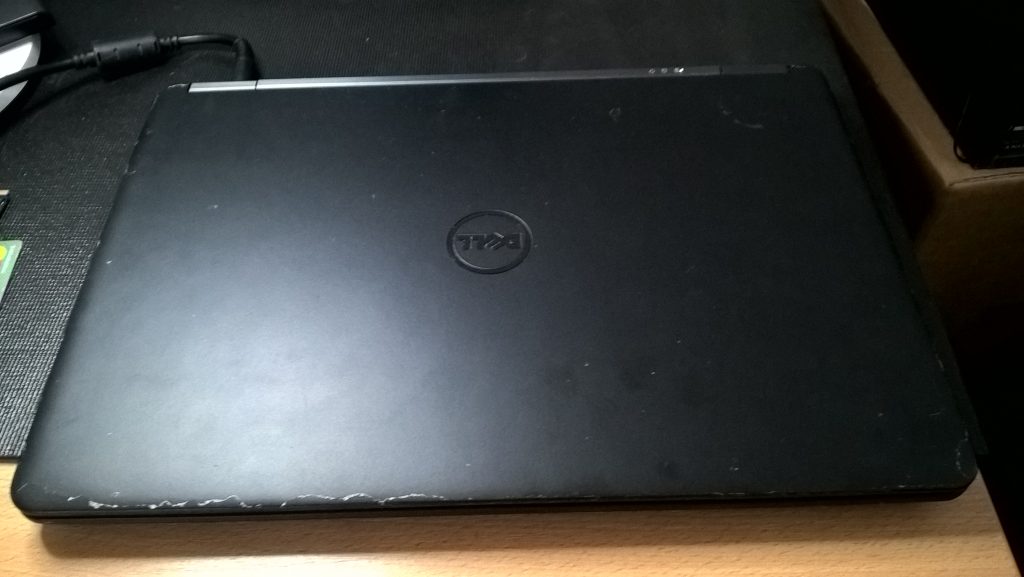
1. For my master’s thesis, I created an innovative cybersecurity education app modeled after Duolingo. 2. Inspired by Duolingo, I built a cybersecurity learning platform for my master’s research project. 3. As part of my graduate work, I designed a language-learning style cybersecurity training application. 4. My master’s thesis involved the development of a Duolingo-like app aimed at teaching cybersecurity skills. 5. During my graduate studies, I crafted a gamified cybersecurity education app inspired by Duolingo. 6. I developed a cybersecurity training tool, drawing design ideas from Duolingo, for my master’s thesis. 7. For my master’s project, I built an interactive app that teaches cybersecurity through gamification, inspired by Duolingo. 8. Leveraging Duolingo’s educational approach, I created a cybersecurity learning app as part of my master’s research. 9. My graduate thesis focused on designing a Duolingo-style application to enhance cybersecurity education. 10. I engineered a cybersecurity teaching platform modeled after Duolingo for my master’s academic work. 11. As part of my master’s research, I developed a language-learning inspired app to teach cybersecurity concepts. 12. Drawing inspiration from Duolingo, I designed a gamified cybersecurity education app for my master’s thesis. 13. I created a cybersecurity training application, inspired by the Duolingo model, for my master’s degree project. 14. During my master’s studies, I built a learning app that teaches cybersecurity through a gamified interface like Duolingo. 15. My master’s thesis involved creating an engaging cybersecurity education platform inspired by Duolingo’s style. 16. I developed a Duolingo-inspired app to facilitate cybersecurity learning as part of my postgraduate research. 17. For my graduate thesis, I designed a fun, interactive app that teaches cybersecurity using Duolingo’s methodology. 18. I crafted a gamified cybersecurity teaching application based on Duolingo’s approach for my master’s research project. 19. As part of my master’s work, I built a language-learning style app focused on cybersecurity education. 20. I designed and developed a cybersecurity learning tool inspired by Duolingo for my master’s degree requirement. 21. My master’s project involved creating an engaging app that teaches cybersecurity through gamification, inspired by Duolingo. 22. Inspired by Duolingo’s success, I developed a cybersecurity educational app for my master’s thesis research. 23. I constructed a gamified cybersecurity training platform reminiscent of Duolingo as part of my graduate research. 24. My graduate thesis was centered on designing a Duolingo-style app to improve cybersecurity literacy. 25. For my master’s degree, I built an interactive, gamified cybersecurity app inspired by Duolingo’s format. 26. I developed an educational app that uses gamification to teach cybersecurity, modeled after Duolingo, for my master’s thesis. 27. During my postgraduate studies, I created a cybersecurity learning platform influenced by the Duolingo approach. 28. I designed a language-learning inspired cybersecurity app for my master’s thesis to enhance training engagement. 29. As part of my graduate work, I crafted a fun, gamified cybersecurity education app modeled after Duolingo’s system. 30. I created a DUOLINGO-like interactive app focused on cybersecurity education for my master’s thesis project.
Introducing SecureMind: A Gamified Learning Experience for Cybersecurity Fundamentals Greetings, cyber enthusiasts! I am excited to share with...

Can you share the most shocking blunder you’ve made in your technology career?
Reflecting on Career Lessons: My Major Blunder in Tech We all have those moments in our careers that...

If you’re aiming to break into cybersecurity as I am, it’s crucial to thoroughly investigate all aspects of Log4Shell!
Dive into Cybersecurity: The Importance of Understanding Log4Shell For anyone looking to break into the field of cybersecurity,...

Between June 12th and 14th, r/cybersecurity will be set to private in protest of Reddit’s API modifications and the discontinuation of third-party applications.
r/cybersecurity to Go Private in Protest Against Reddit’s API Changes In response to growing concerns from the community...

Numerous Fortune 500 firms have publicly acknowledged employing at least one North Korean IT professional, with some even having dozens.
The Surprising Role of North Korean IT Workers in Fortune 500 Companies In an unexpected turn of events,...

1. My conversation with the VP of global services revealed some hidden truths. 2. During a call, my VP of global services inadvertently revealed the unspoken realities. 3. In a recent discussion, my VP of global services let slip some behind-the-scenes details. 4. A call with my global services VP uncovered some things they’d been quietly alluding to. 5. While chatting with my VP of global services, they unintentionally shared the secret that’s been kept under wraps. 6. My dialogue with the VP of worldwide services exposed some uncomfortable truths. 7. During a conference call, my VP of global services spoke the unsaid aloud. 8. An interaction with my VP revealed what’s usually kept under wraps in global services. 9. On a recent call, my VP of global services disclosed some candid insights. 10. My conversation with the VP of global services uncovered the silent truths they’d been hinting at. 11. During the call, my VP of global services dropped a revealing comment about the hidden issues. 12. My chat with the VP of international services exposed what they’ve been reluctant to say openly. 13. Speaking with my global services VP, they openly acknowledged what’s often kept in the shadows. 14. A discussion with the VP of worldwide operations revealed some uncomfortable facts. 15. In a recent call, my VP of global services unintentionally broke the silence. 16. The conversation with my global services VP brought some hidden issues into the light. 17. During a meeting, my VP of global services casually shared the unspoken truth. 18. My talk with the VP of global services shed light on the secret realities they’d been hinting at. 19. While on a call, my global services VP openly discussed the issues everyone’s been avoiding. 20. My recent dialogue with the VP of global services led to some surprising confessions. 21. During a call, my VP of global services revealed the unspoken truth in a quiet way. 22. In a conversation with my VP of worldwide services, some truths slipped out unexpectedly. 23. My talk with the global services VP uncovered the silent truths behind the scenes. 24. While speaking with my VP in global services, they unintentionally revealed what’s been unsaid. 25. During a call, my global services VP let the truth slip through the cracks. 26. A recent discussion with the VP of global services uncovered some secret realities. 27. During our conversation, my VP of global services quietly unveiled some uncomfortable truths. 28. Speaking with my VP of global services, they made an unintentional reveal about the underlying issues. 29. On a recent call, my global services VP candidly shared what’s usually kept quiet. 30. My interaction with the VP of global services exposed some hidden truths they’d been avoiding.
Unpacking the Conversations Behind Talent Acquisition Strategies In a recent call with our Vice President of Global Services,...

Version 32: InfraGard, an FBI-affiliated organization, neglected to verify a fraudulent registration, resulting in their entire user database being compromised and now available for purchase.
Major Security Breach: InfraGard Database Compromised In a troubling turn of events, InfraGard, a crucial initiative by the...

Version 33: What was your most shocking misstep in your technology career that made your stomach drop?
A Lesson in Humility: My Most Regrettable Mistake in Tech Mistakes happen in every career, but some can...

Version 31: Feeling anxious before my big interview at my ideal company—help!
The Rollercoaster of Emotions Before My Dream Job Interview As I sit here anxiously waiting for my interview...

Can you share the most surprising or nerve-wracking mistake you’ve encountered in your technology career so far?
The Most Heart-Stopping Blunder in My Tech Career: A Cautionary Tale In the ever-evolving field of technology, mistakes...

1. Human analysts handle just 3% of Google’s security incidents, while 97% are managed automatically. 2. The vast majority of Google’s security alerts—97%—are automated, leaving only 3% for human review. 3. Automated systems address 97% of Google’s security events; humans intervene in the remaining 3%. 4. Only 3% of Google’s security alerts require human analysis; the rest, 97%, are handled automatically. 5. Google’s security operations rely heavily on automation, with 97% of events managed without human input. 6. The automation of Google’s security events reaches 97%, with human analysts inspecting just a small 3%. 7. Google’s security response is 97% automated, leaving only a tiny sliver—3%—for human analysts. 8. Almost all of Google’s security notifications—97%—are processed automatically, with human effort limited to 3%. 9. The majority of security activities at Google—97%—are automated, while humans review a minority of 3%. 10. Google’s security system automates 97% of incidents, requiring human analysts to address only 3%. 11. 97% of Google’s security events are managed by automated processes, leaving human responders to cover 3%. 12. Human intervention accounts for just 3% of Google’s security events; the remaining 97% is automated. 13. Google’s security infrastructure automates 97% of alerts, with human analysts handling merely 3%. 14. Automation takes care of 97% of Google’s security threats, while humans step in for the last 3%. 15. The lion’s share of Google’s security events—97%—are automated, with human analysts focusing on 3%. 16. Google’s security operations are 97% automated, making human analysis a small 3% effort. 17. 97% of security incidents at Google are handled through automation, leaving only 3% to human analysts. 18. The automation success rate in Google’s security events is 97%, leaving just 3% requiring human attention. 19. While humans review only 3% of security events at Google, the other 97% are automatically processed. 20. Google’s security systems are 97% automated, with human analysts contributing to a mere 3%. 21. Automated tools address 97% of Google’s security challenges, with human analysts tackling only 3%. 22. The extent of automation in Google’s security measures reaches 97%, while humans are involved in 3%. 23. Human review constitutes just 3% of Google’s security monitoring, with automation covering 97%. 24. The majority of Google’s security responses—97%—are carried out by automated systems. 25. Google’s cybersecurity events are predominantly automated, with 97% managed without human intervention. 26. 97% of Google’s security alerts are automated, leaving only a small 3% for human analysis. 27. Google solves 97% of its security issues through automation, with humans addressing the remaining 3%. 28. The security landscape at Google is overwhelmingly automated, with 97% handled by machines and only 3% by humans. 29. Automation accounts for the processing of 97% of Google’s security events, while human analysts handle 3%. 30. Google’s security automation efficiency is at 97%, with human intervention limited to 3%.
Transforming Cybersecurity: Insights from Google’s Security Operations In exploring Google’s recent SecOps report, I found their innovative strategies...

Version 32: Persistent talk of widespread skill gaps—yet why are cybersecurity job openings still so abundant?
Title: The Cybersecurity Job Market: A Closer Look at the Myths and Realities In recent conversations, the pressing...